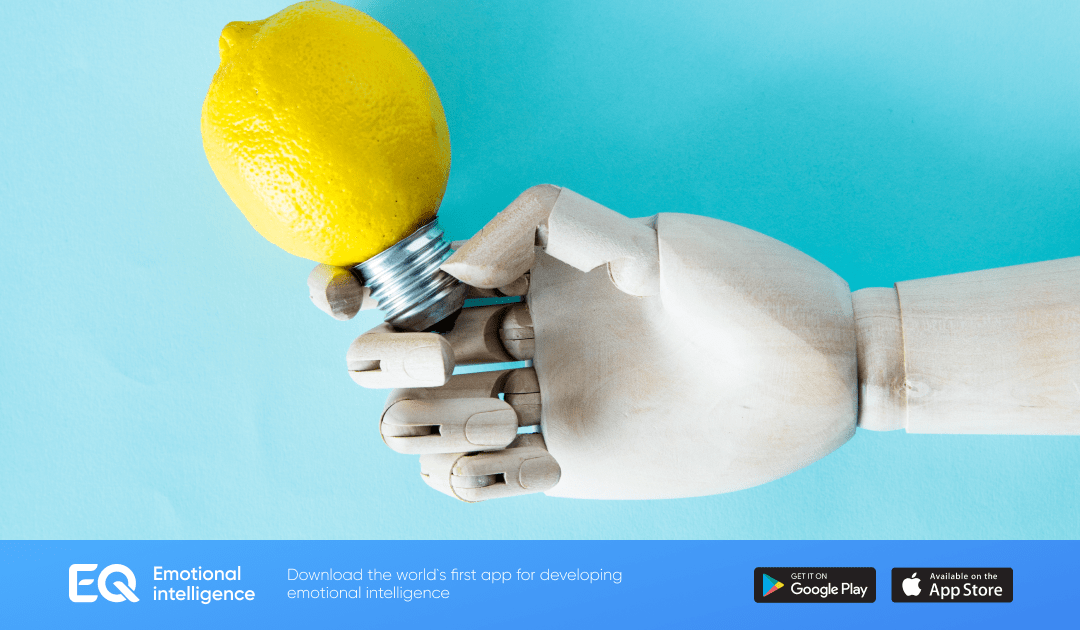Emotional creativity is the ability to creatively transform emotions.
The concept of emotional creativity (EC) was first defined by James Averill (J. R. Averill), who developed the constructivist theory of emotions in 1980. The main concept of the theory is an emotional syndrome or emotion as a product of creative activity. Emotional syndromes are organized into patterns of reactions, which are denoted in ordinary language by such terms as anger, love, grief, etc.
The most important thing in the definition, according to J. Everill, is the term “organized”: emotional syndromes involve compliance with the principles of structure.
Several EC levels can be distinguished.
At a low level, EC includes the most effective use of existing emotions created within the culture; at a higher, complex level, it is a modification of standard emotions to better meet the needs of an individual or a group, and at a higher level, it is the development of new forms of emotions based on changes in the beliefs and norms on which emotions are based.
A high level of emotional creativity gives several personal and social advantages to its owner. A person with a high level of EC is described as benevolent, open to experience, prone to mystical experiences, striving to ask existential questions in an open and honest manner
EC is not born in a vacuum. The development of emotional creativity can be facilitated by emotional traumas, obstacles, and disappointments in early experiences. A traumatic emotional experience (for example, the death or serious illness of a loved one, divorce of parents, verbal or physical insults) forces an individual to think about his emotions and try to understand them, helps to expand the range of experiences and go beyond the scope of everyday life.
It should be noted that EC is a broader concept than emotional intelligence. Unlike the latter, it involves the novelty of an emotional reaction. Differences are also emphasized in the approach to emotional information processing. The relationships between EI and EC generally correspond to the relationships between cognitive intelligence and cognitive creativity.


Recent Comments